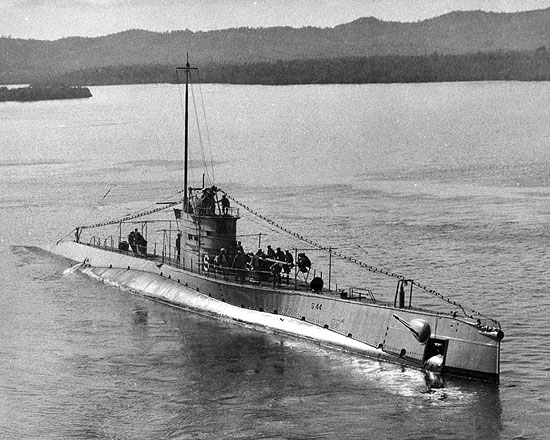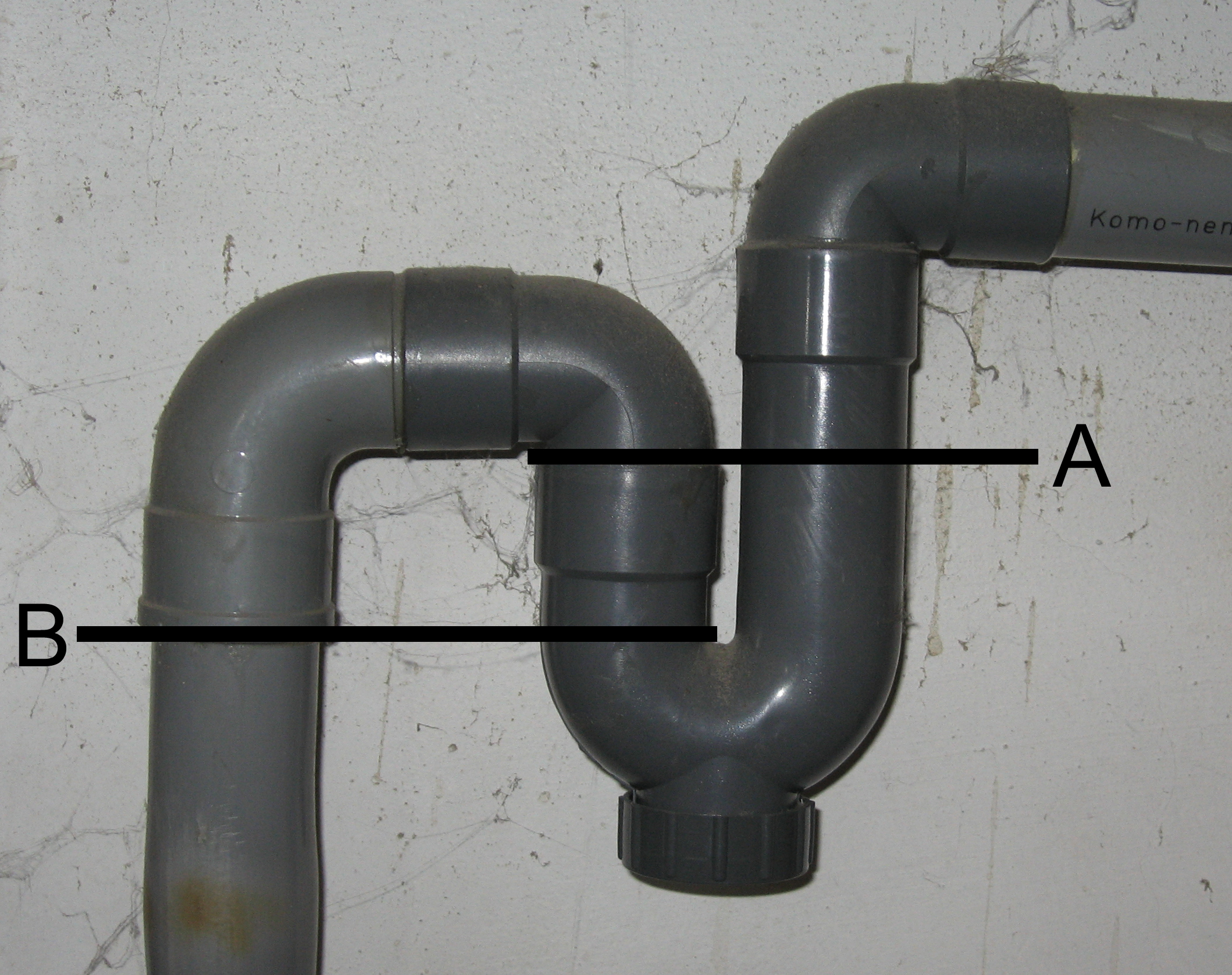|
Head (watercraft)
In sailing vessels, the head is the ship's toilet. The name derives from sailing ships in which the toilet area for the regular sailors was placed at the head or bow of the vessel. Design In sailing ships, the toilet was placed in the bow somewhat above the water line with vents or slots cut near the floor level allowing normal wave action to wash out the facility. Only the captain had a private toilet near his quarters, at the stern of the ship in the quarter gallery. The plans of 18th-century naval ships do not reveal the construction of toilet facilities when the ships were first built. The Journal of Aaron Thomas aboard HMS ''Lapwing'' in the Caribbean Sea in the 1790s records that a canvas tube was attached, presumably by the ship's sailmaker, to a superstructure beside the bowsprit near the figurehead, ending just above the normal waterline. In many modern boats, the heads look similar to seated flush toilets but use a system of valves and pumps that brings sea water ... [...More Info...] [...Related Items...] OR: [Wikipedia] [Google] [Baidu] |
Pump
A pump is a device that moves fluids (liquids or gases), or sometimes Slurry, slurries, by mechanical action, typically converted from electrical energy into hydraulic or pneumatic energy. Mechanical pumps serve in a wide range of applications such as Water well pump, pumping water from wells, aquarium filtering, pond filtering and Water aeration, aeration, in the car industry for Water cooling, water-cooling and fuel injection, in the energy industry for Pumping (oil well), pumping oil and natural gas or for operating cooling towers and other components of heating, ventilation and air conditioning systems. In the medical industry, pumps are used for biochemical processes in developing and manufacturing medicine, and as artificial replacements for body parts, in particular the artificial heart and Penile implant, penile prosthesis. When a pump contains two or more pump mechanisms with fluid being directed to flow through them in series, it is called a ''multi-stage pump''. T ... [...More Info...] [...Related Items...] OR: [Wikipedia] [Google] [Baidu] |
Pissdale
A pissdale (also written piss-dale and piss dale) is a lead basin or trough that was fitted to the insides of the bulwarks on sailing ships which served as a urinal for the men aboard these ships. The pissdale was a 17th-century engineering development: prior to this, crewmen either used buckets or, more frequently, simply urinated over the rails of the ship (though this put them at risk of falling overboard and drowning, as few sailors had any ability to swim). They were akin to a seat of ease, a euphemism for a sitting toilet which was located in the beakhead A beakhead or beak is the protruding part of the foremost section of a sailing ship. Beakhead is also a term used in Romanesque architecture Beakheads were fitted on sailing vessels from the 16th to the 18th century and served as working platforms .... References Sailing ship components {{Shipbuilding-stub ... [...More Info...] [...Related Items...] OR: [Wikipedia] [Google] [Baidu] |
British E-class Submarine
The British E-class submarines started out as improved versions of the British D-class submarine. The E class served with the Royal Navy throughout World War I as the backbone of the submarine fleet. The last surviving E class submarines were withdrawn from service by 1922. All of the first group and some of the second group of the class were completed before the outbreak of World War I. The group 1 boats cost £101,900 per hull. As submarine technology improved, the E class went through several design modifications. The group 2 boats cost £105,700 per hull. The group 3 boats, the last group, incorporated all improvements. The class primarily served in the North Sea and the Baltic, while some served with Russian ships in Russian coastal waters before their crews scuttled the submarines to avoid them falling into the hands of the Germans after the Treaty of Brest-Litovsk ended fighting between Germany and Russia. Additionally, some of the submarines operated against the Tur ... [...More Info...] [...Related Items...] OR: [Wikipedia] [Google] [Baidu] |
World War I
World War I or the First World War (28 July 1914 – 11 November 1918), also known as the Great War, was a World war, global conflict between two coalitions: the Allies of World War I, Allies (or Entente) and the Central Powers. Fighting took place mainly in European theatre of World War I, Europe and the Middle Eastern theatre of World War I, Middle East, as well as in parts of African theatre of World War I, Africa and the Asian and Pacific theatre of World War I, Asia-Pacific, and in Europe was characterised by trench warfare; the widespread use of Artillery of World War I, artillery, machine guns, and Chemical weapons in World War I, chemical weapons (gas); and the introductions of Tanks in World War I, tanks and Aviation in World War I, aircraft. World War I was one of the List of wars by death toll, deadliest conflicts in history, resulting in an estimated World War I casualties, 10 million military dead and more than 20 million wounded, plus some 10 million civilian de ... [...More Info...] [...Related Items...] OR: [Wikipedia] [Google] [Baidu] |
United States S-class Submarine
The United States' S-class submarines, often simply called S-boats (sometimes "Sugar" boats, after the then-contemporary Navy phonetic alphabet for "S"), were the first class of submarines with a significant number built to United States Navy designs. They made up the bulk of the USN submarine service in the interwar years and could be found in every theater of operations. While not considered fleet submarines, they were the first submarines in the USN designed for open ocean, blue water operations. All previous submarines had been intended for harbor or coastal defense. These boats were intended to have greater speed and range than previous classes, with improved habitability and greater armament. The S-class were designed during World War I, but not completed until after the war. Many boats of the class remained in service through World War II. The United States Navy commissioned 51 S-class submarines from 1920 to 1925. The first boat in name sequence, , was ship commissionin ... [...More Info...] [...Related Items...] OR: [Wikipedia] [Google] [Baidu] |
United States Navy
The United States Navy (USN) is the naval warfare, maritime military branch, service branch of the United States Department of Defense. It is the world's most powerful navy with the largest Displacement (ship), displacement, at 4.5 million tons in 2021. It has the world's largest aircraft carrier fleet, with List of aircraft carriers in service, eleven in service, one undergoing trials, two new carriers under construction, and six other carriers planned as of 2024. With 336,978 personnel on active duty and 101,583 in the Ready Reserve, the U.S. Navy is the third largest of the United States military service branches in terms of personnel. It has 299 deployable combat vessels and about 4,012 operational aircraft as of 18 July 2023. The U.S. Navy is one of six United States Armed Forces, armed forces of the United States and one of eight uniformed services of the United States. The United States Navy traces its origins to the Continental Navy, which was established during ... [...More Info...] [...Related Items...] OR: [Wikipedia] [Google] [Baidu] |
Submarine
A submarine (often shortened to sub) is a watercraft capable of independent operation underwater. (It differs from a submersible, which has more limited underwater capability.) The term "submarine" is also sometimes used historically or informally to refer to remotely operated vehicles and Autonomous underwater vehicle, robots, or to medium-sized or smaller vessels (such as the midget submarine and the wet sub). Submarines are referred to as ''boats'' rather than ''ships'' regardless of their size. Although experimental submarines had been built earlier, submarine design took off during the 19th century, and submarines were adopted by several navies. They were first used widely during World War I (1914–1918), and are now used in many navy, navies, large and small. Their military uses include: attacking enemy surface ships (merchant and military) or other submarines; aircraft carrier protection; Blockade runner, blockade running; Ballistic missile submarine, nuclear deterrenc ... [...More Info...] [...Related Items...] OR: [Wikipedia] [Google] [Baidu] |
Toilet Paper
Toilet paper (sometimes called toilet/bath/bathroom tissue, or toilet roll) is a tissue paper product primarily used to clean the human anus, anus and surrounding region of Human feces, feces (after defecation), and to clean the external genitalia and perineum, perineal area of urine (after urination). It is commonly supplied as a long strip of perforated paper wrapped around a cylindrical paperboard core, for Toilet paper holder, storage in a dispenser within arm's reach of a toilet. The bundle, or ''roll of toilet paper'', is specifically known as a toilet roll, loo roll, or bog roll (in British English, Britain). There are other uses for toilet paper, as it is a readily available household product. It can be used for blowing the nose or wiping the eyes (or other uses of facial tissue). It can be used to wipe off sweat or absorb it. Some people may use the paper to absorb the bloody discharge that comes out of the vagina during menstruation. Toilet paper can be used in cle ... [...More Info...] [...Related Items...] OR: [Wikipedia] [Google] [Baidu] |
Trap (plumbing)
In plumbing, a trap is a U-shaped portion of pipe designed to trap liquid or gas to prevent unwanted flow; most notably sewer gases from entering buildings while allowing waste materials to pass through. In oil refineries, traps are used to prevent hydrocarbons and other dangerous gases and chemical fumes from escaping through drains. In heating systems, the same feature is used to prevent thermo-siphoning which would allow heat to escape to locations where it is not wanted. Similarly, some pressure gauges are connected to systems using U bends to maintain a local gas while the system uses liquid. For decorative effect, they can be disguised as complete loops of pipe, creating more than one U for added efficacy. General description In domestic applications, traps are typically U, S, Q, or J-shaped pipe located below or within a plumbing fixture. An S-shaped trap is also known as an S-bend. It was invented by Alexander Cumming in 1775 but became known as the U-bend followi ... [...More Info...] [...Related Items...] OR: [Wikipedia] [Google] [Baidu] |
Cistern
A cistern (; , ; ) is a waterproof receptacle for holding liquids, usually water. Cisterns are often built to catch and store rainwater. To prevent leakage, the interior of the cistern is often lined with hydraulic plaster. Cisterns are distinguished from wells by their waterproof linings. Modern cisterns range in capacity from a few liters to thousands of cubic meters, effectively forming covered reservoirs. Origins Early domestic and agricultural use Waterproof lime plaster cisterns in the floors of houses are features of Neolithic village sites of the Levant at, for instance, Ramad and Lebwe, and by the late fourth millennium BC, as at Jawa in northeastern Lebanon, cisterns are essential elements of emerging water management techniques in dry-land farming communities. Early examples of ancient cisterns, found in Israel, include a significant discovery at Tel Hazor, where a large cistern was carved into bedrock beneath a palace dating to the Late Bronze Age. Simi ... [...More Info...] [...Related Items...] OR: [Wikipedia] [Google] [Baidu] |







